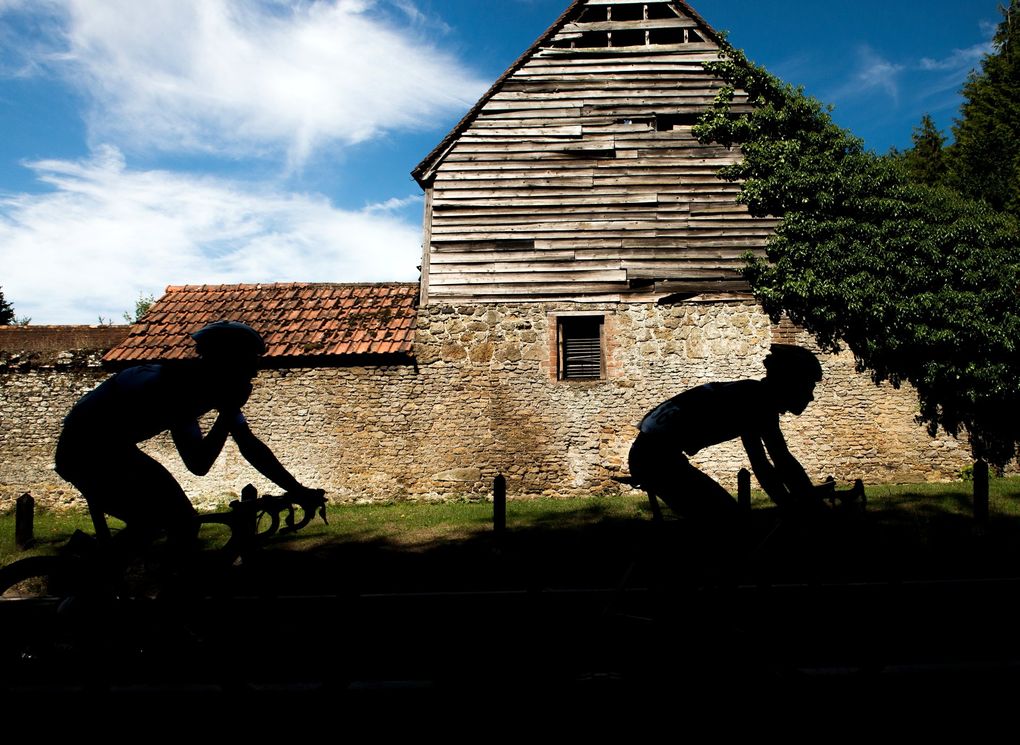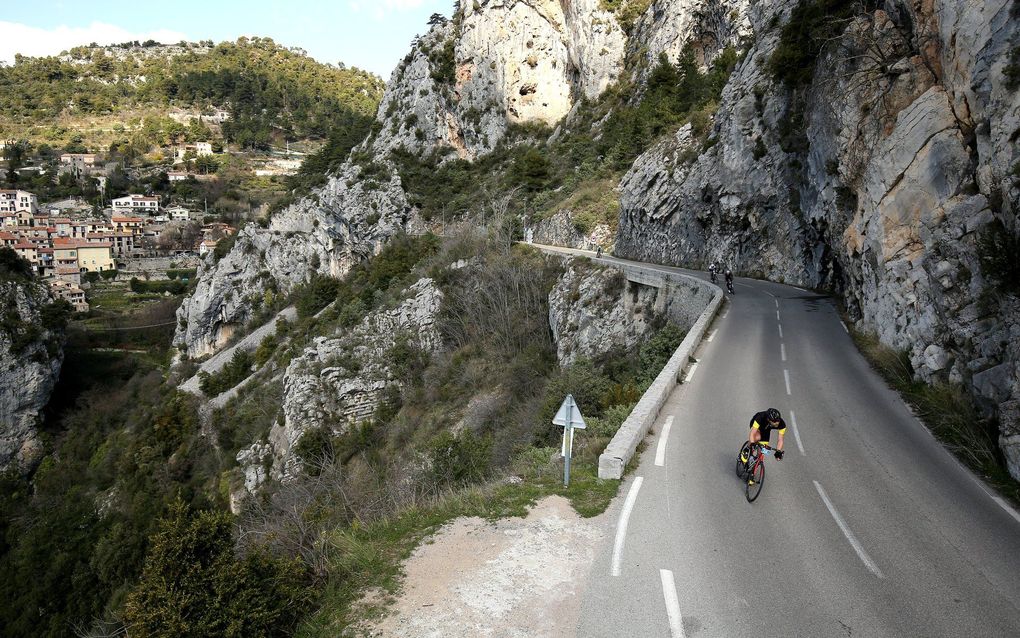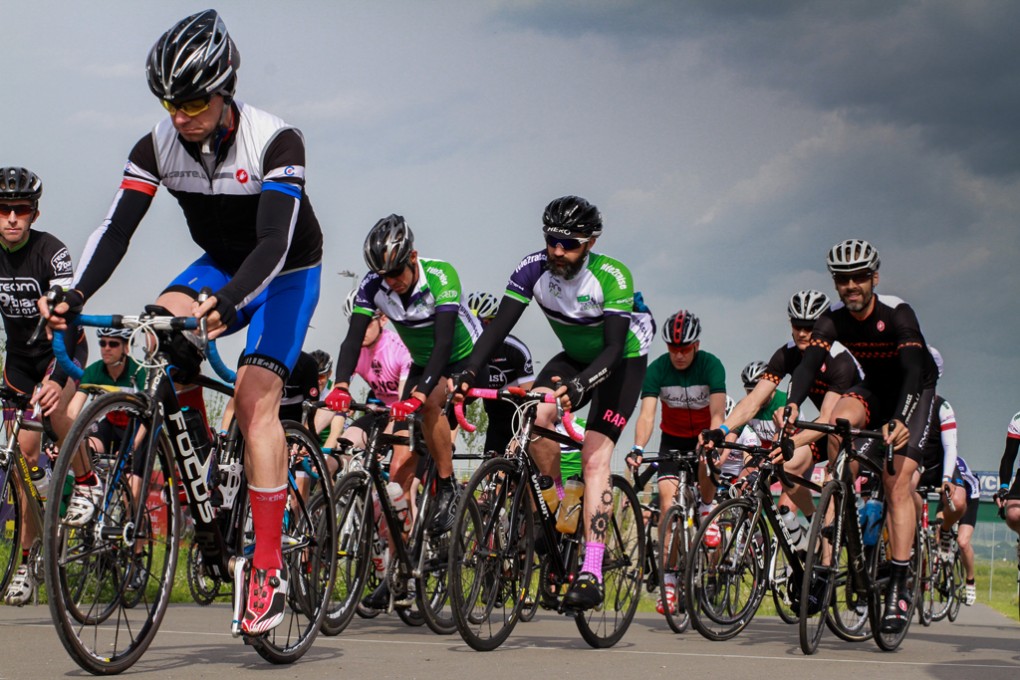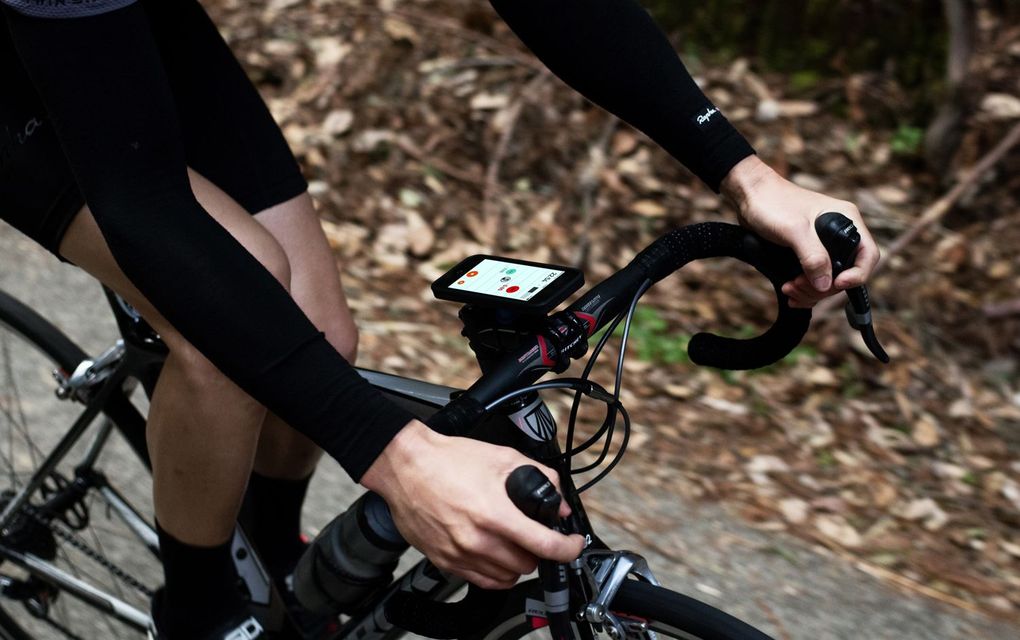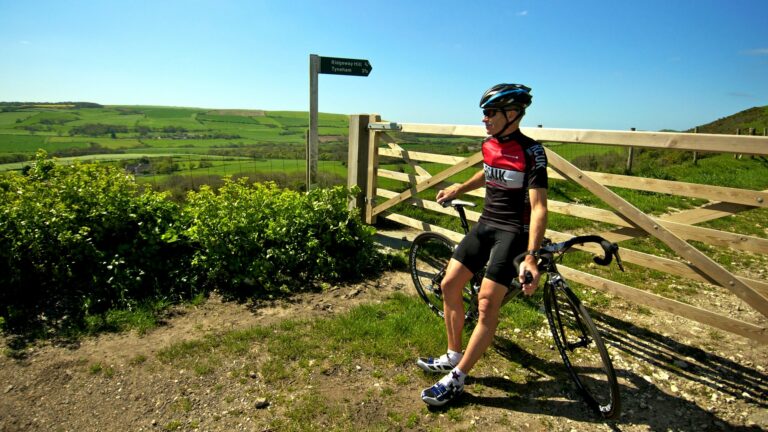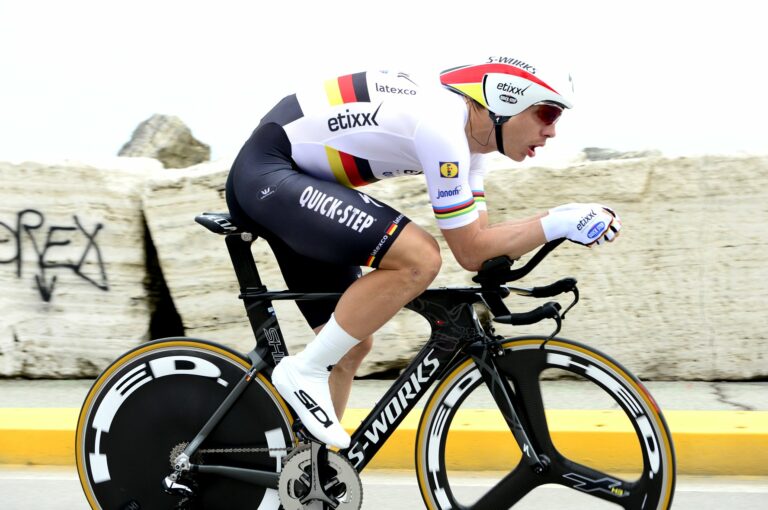If you’re targeting a major sportive or road race this summer then, chances are, you’ve been training hard to build your fitness and form as that date, circled on the calendar for month, approaches.
However, while it may be tempting to train hard all the way up to race day, you also need to give your body the time to rest and recover, so you arrive on the start line as fresh – and fast – as possible. A taper is a reduction in training to ensure you are ready to race on the day of a major event.
As a result, the taper is perhaps the most important part of an entire training plan – if you get the taper wrong then all those months of training can be thrown away. While you won’t want to do a full taper for every event you ride, for your most important goals it will help you produce your best performance on the day.
